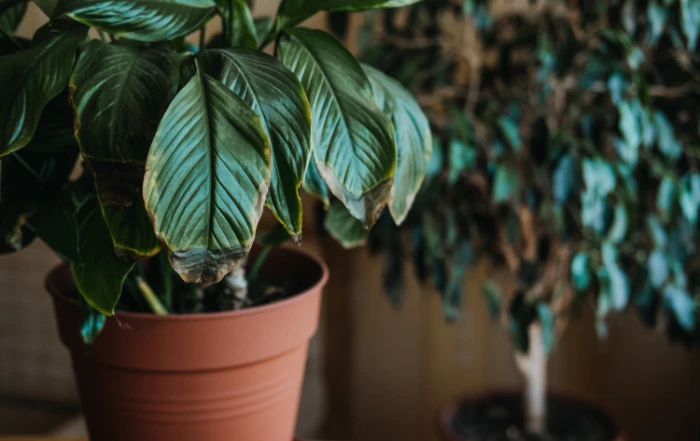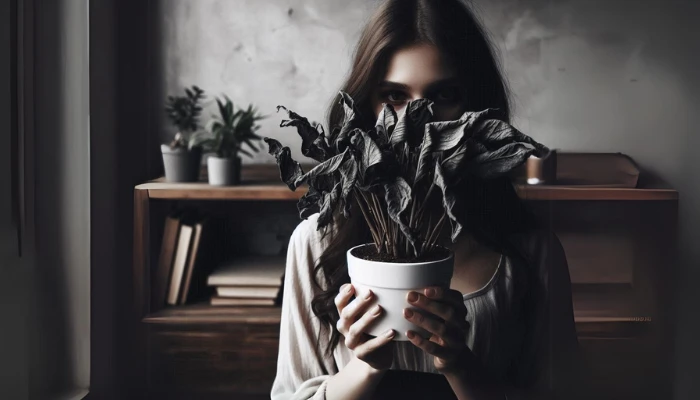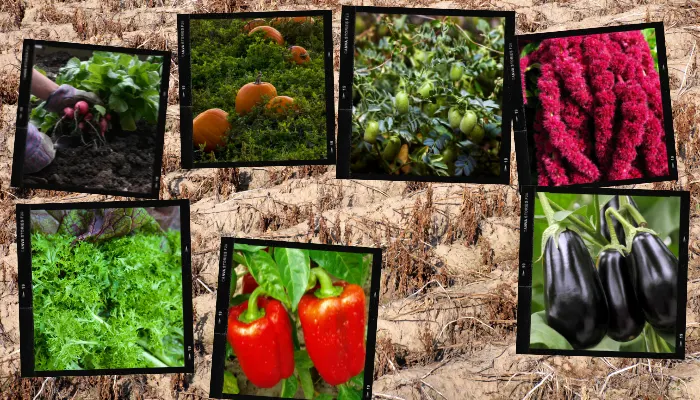When shopping for new plants whether at Lowes, Home Depot or a local garden center, it’s important not to rush, you need to get up close and personal with each plant you are interested in to ensure that you are bringing home healthy plants. Here are the things to look for and avoid when you walk through those rows of plants.
1. Take a good, close look at the leaves of the plant, these are great indicators to know if the plant is healthy or not. The leaves of a healthy plant will be bright and vivid. Here’s what to avoid:
- Plants with brown, dried, mushy or yellowed leaves, these are signs that the plant was over or under watered.
- Plants with drooping or wilting leaves. These are signs the plant is stressed or suffering from shock. Plants with this kind of problem may or may not bounce back, it’s best not to risk it.
- Plants showing any signs of disease or pests. A list of the symptoms of disease in plants and common pests to look out for, is provided below.
2. Take a look at the stems. The stems should be strong and smooth without any cracks or scarring. This kind of damage will make the plant vulnerable to diseases and pests. Also avoid any plants that look “leggy” or overly tall, these plants have been receiving insufficient light.
3. Check the pot for any weeds that are growing, weeds will take nutrients and water away from the plant, which weakens the plant and makes it harder for it to survive the stresses or replanting. Yes you can pluck the weeds out, but there is always a chance you might not remove it completely, and you could be planting weeds in your garden. It’s better to just skip them.
4. Check the bottom of the container to see if any roots have grown through the drainage hole, or growing up and out of the soil line. This is a good indicator that the plant has become root bound. Even though root bound plants can be repotted or planted and recover, the extent of the damage the plant suffered isn’t known, and it’s just not worth the risk.
5. Now it’s time to get up close and personal with your potential new plant, you need to touch the leaves and make sure they are well attached to the stem and don’t break off easily. Also, you will want to give the container a gentle shake to see if the plant drops leaves. If that happens, put it back and go to the next.

6. Yes, those plants full of beautiful flowers are tempting to put in your cart, but the better choice is to choose the plants that have more flower buds than flowers. Plants that have buds are easier to handle for planting, and the plant will handle the stress of planting much better.
Ok, now you know what to look for and what to avoid when you venture out to get that new houseplant or start that garden. Happy plant hunting and have fun!
These Symptoms May Mean The Plant Is Diseased
- Yellow, brown or black leaves
- White powdery spots on the leaves
- Fuzzy gray mold like spots on the leaves
- Soft, mushy stems
- Crinkled, streaked or mottled leaves
- Slowed growth
Look For These Pests When Plant Shopping, And Don't Buy It
- Aphids
- Centipedes/millipedes
- Mealy bugs
- Spider mites
- Fungus gnats
- Slugs/snails
- Springtails
- Scales

















